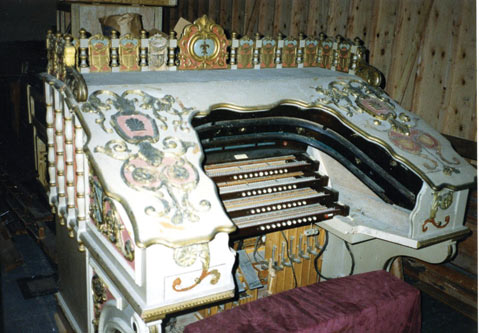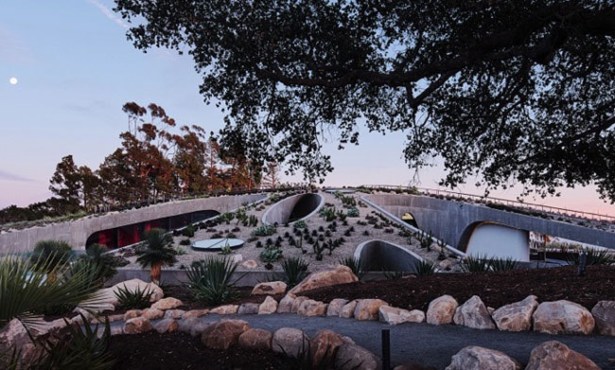Arlington Theatre Organ
The Story Behind the Pipes

Although the Arlington did not open until 1931, four years after The Jazz Singer had launched the era of sound films, the theater was equipped to house a pipe organ. And in 1932, the Arlington acquired an instrument, which proved inadequate for the hall. Rarely used, it sat neglected until sold to a church in Phoenix in the 1950s.
Interest in placing a proper organ was rekindled in the mid 1980s. A major restoration of the Arlington was underway. The chambers to house large organ pipes still lay behind the Spanish village façades on both sides of the theater. Stephen Leslie, an organ technician from San Jose who was in town working on the Unitarian Church’s instrument, volunteered to seek out an organ for the Arlington. It took him a month to find one.
The Wonder Morton was built by the Robert Morton Organ Company of Van Nuys in 1928 for a movie theater in Jersey City. In 1977, the instrument was dismantled and donated to a Dallas organ group. This group had no real home for it and stored it away in a warehouse. There it stayed until Leslie came calling, and negotiations commenced between Dallas and people here. A deal was struck; Santa Barbara would pay $18,000 to ship the organ to California. If the organ was not in use by the middle of 1988, it would return to Dallas.
The organ arrived in 1986, all 20 tons and 7,000 pieces, deposited on the Granada Theatre stage. It was in sad shape with bent and broken pipes, intricate wood carvings marred, and the whole covered by layers of grime. To restore it to playable condition on a shoestring budget was a formidable task.
John Oien gathered a corps of volunteers. The initial group of 13 members each paid $1 to join. Thus was the modest beginning of the Santa Barbara Theatre Organ Society. As the group grew, a site was searched out to house and restore the organ. Wells Fargo had temporarily vacated its branch office at 1036 Anacapa Street and offered it to the Organ Society.
Now began the laborious restoration under Leslie’s supervision. One expert volunteered to redo the gold leaf on the console. The wind chests of the instrument were re-leathered. Woodworkers re-created missing pieces of the ornate carvings. Hundreds of wooden pipes received three coats of new lacquer while the metal pipes were refurbished and refitted. More than 30,000 hours of donated labor cut the estimated $250,000 cost of restoration in half.
The result was heard on the evening of October 1, 1988. Not only could the organ replicate the sounds of all the orchestral instruments, but it also boasted an array of special effects including train whistles, horses’ hooves, crashing surf, sirens, and sleigh bells. A system of hydraulics majestically lifted the organ from the orchestra pit. So complicated were the banks of keyboards and controls, the organist was often compared to a jet pilot. The organ could also be operated by computer. The Arlington now housed one of the most magnificent theater organs in the country.



